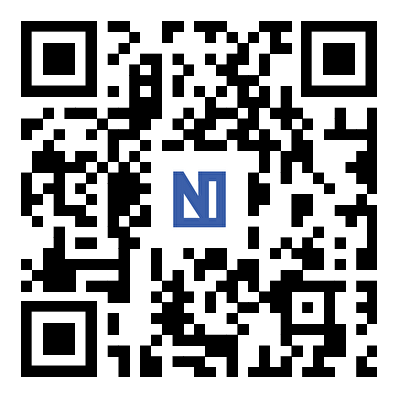What is drone jamming and how can it be countered?
2024-11-27
Drone Jamming: What It Is and How to Counter It
The rapid growth of drone technology has introduced incredible opportunities across industries but also brought challenges related to security and privacy. One emerging threat is drone jamming, a technique used to disrupt a drone's communication system. This blog explores what drone jamming entails, its applications, and how it can be countered.

What is Drone Jamming?
Drone jamming involves using electronic signals to interfere with the communication link between a drone and its operator. Most drones rely on radio frequencies (RF) for:
1. Command and Control (C2): For navigation and operation.
2. Data Transmission: Sending video or other data back to the operator.
3. GPS Signals: For autonomous navigation.
By jamming these frequencies, the drone loses its ability to receive commands, navigate accurately, or communicate with its operator, rendering it ineffective or forcing it to return to its point of origin.
How Drone Jamming Works
Drone jamming devices emit powerful RF signals on the same frequency bands used by drones. This overwhelms the drone's receiver, causing interference.
Key Techniques:
1. RF Jamming: Disrupts control signals between the drone and operator.
2. GPS Jamming: Blocks GPS signals, preventing navigation.
3. Wi-Fi Jamming: Targets drones relying on Wi-Fi for communication.
Applications of Drone Jamming
While drone jamming is a security tool, it can be used for both legitimate and malicious purposes:
Legitimate Uses:
- Military Operations: To disable hostile drones during conflicts.
- Critical Infrastructure Protection: Safeguarding airports, power plants, and government buildings.
- Event Security: Preventing unauthorized drones at public events or private functions.
Malicious Uses:
- Corporate Espionage: Disrupting competitor surveillance drones.
- Criminal Activities: Jamming drones used by law enforcement.
Legal and Ethical Considerations
In many countries, the use of drone jammers is highly regulated or outright prohibited. Jamming can affect unintended devices, including emergency services, airplanes, or public Wi-Fi. Before deploying jammers, ensure compliance with local laws and obtain necessary permissions.
How to Counter Drone Jamming
Countering drone jamming involves proactive strategies and technologies to ensure drones maintain functionality and safety.
1. Frequency-Hopping Spread Spectrum (FHSS)
FHSS-enabled drones frequently switch frequencies during operation, making it harder for jammers to disrupt their signal.
2. Redundant Communication Systems
Using multiple communication channels, such as combining RF, cellular networks, and satellite links, ensures the drone can switch to an alternate channel if one is jammed.
3. Autonomous Flight Systems
Equipping drones with pre-programmed autonomous flight paths or return-to-home functions minimizes reliance on external signals.
4. Signal Amplification
Improving the strength and stability of communication signals makes them more resistant to interference.
5. Anti-Jamming Algorithms
Advanced drones can be equipped with algorithms to detect and counteract jamming attempts by switching frequencies or adjusting signal processing.
6. Shielded GPS Modules
Adding shielding and advanced filtering techniques to GPS modules can reduce susceptibility to GPS jamming.
Emerging Counter-Jamming Technologies
A. Advanced Antennas
Directional antennas can focus communication signals, making it harder for broad-spectrum jammers to interfere.
B. Real-Time Spectrum Monitoring
This technology identifies jamming attempts in real-time and adjusts the drone’s settings or alerts the operator to take corrective action.
C. Quantum Communication
Although still in research, quantum communication offers theoretically unjammable communication links due to the unique properties of quantum mechanics.
Conclusion
Drone jamming presents significant risks but also serves as a necessary tool for security in certain scenarios. As drone technology advances, so do countermeasures, ensuring that drones remain effective even in contested environments. Whether you're a drone enthusiast, operator, or security professional, understanding jamming and its countermeasures is crucial to navigating the evolving world of drone technology.
Do you have experiences or concerns about drone jamming? Share your thoughts in the comments below!


